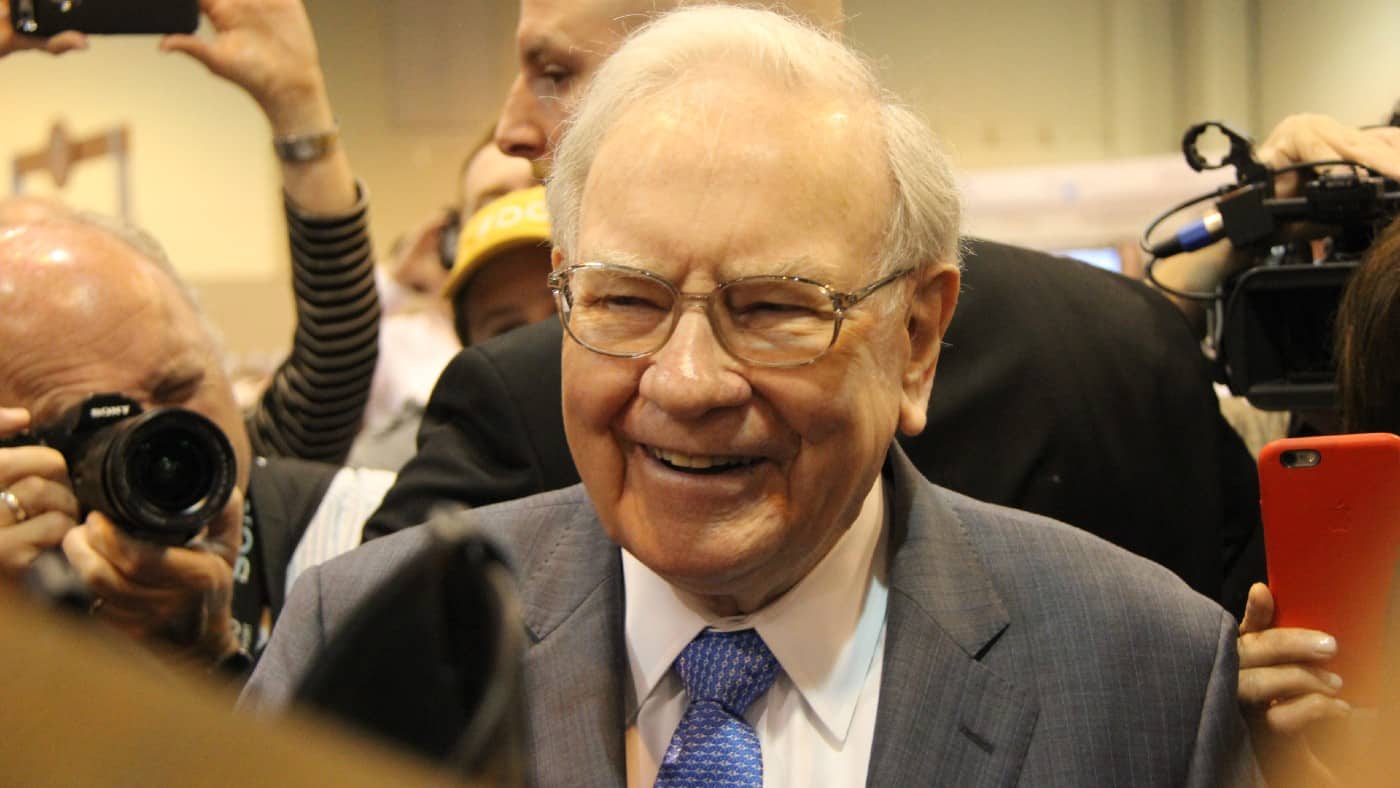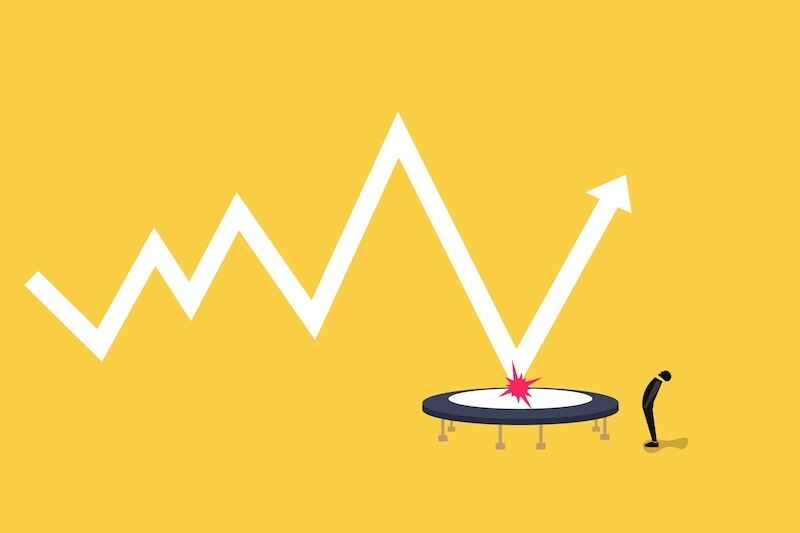In the future, I hope to scale back my work commitments, and I’m counting on my portfolio to help make that a reality. As it grows, so does its power to deliver a sizeable second income.
In fact, some simple calculations tell me that it could one day generate £86k+ a year in tax-free dividends.
Please note that tax treatment depends on the individual circumstances of each client and may be subject to change in future. The content in this article is provided for information purposes only. It is not intended to be, neither does it constitute, any form of tax advice. Readers are responsible for carrying out their own due diligence and for obtaining professional advice before making any investment decisions.
Being realistic
Central to my plan is trying to max out the annual Stocks and Shares ISA contribution limit. This is currently £20,000, which works out at about £1,666 a month.
However, that figure might be devilishly difficult to hit every month. Figures show that only a minority of ISA account holders regularly invest the full twenty grand a year.
In my case, Christmas is upon us, and my daughter has reached the age where she knows the difference between supermarket clothes and branded ones costing 10 times more! Translation: a pricier December ahead!
Moreover, bills and just about everything else are a lot higher than they used to be. Therefore, my conservative forward-looking calculations here assume I only invest £12k — or £1k a month — on average.
Diversification
A few years ago, I only had growth stocks in my portfolio. However, very sharp market downturns (such as one in late 2018) caused nearly every stock in my ISA to fall heavily.
These stomach-churning drops led me to rethink this approach and rebalance my portfolio. Since then, I’ve held a smattering of dividend shares that continue to pump out income even during bear markets.
Of course, payouts aren’t guaranteed, which is why I have a few dividend-payers to offset the risk of cuts and cancellations.
The beauty of this is that I can choose to reinvest the dividends to turbocharge the wealth-building compounding process. This means I’m sacrificing dividends now in order to grow my portfolio, for a potentially much larger income in future.
High-yield stock
One dividend share that I own and think is undervalued is Aviva (LSE: AV.). The company provides insurance, wealth, and retirement services in the UK, Ireland, and Canada.
Aviva has been doing well, with its general insurance premiums growing 15% to £9.1bn across the first nine months of 2024. Wealth net flows were up an impressive 21% to £7.7bn.
It now has 19.6m customers, but isn’t stopping there, as it’s aiming for 21m by 2026. And it reckons it can get 5.7m UK customers on two or more Aviva policies by then, up from 5m today.
Naturally, this target relies on the UK economy playing ball. If it were to fall into recession, then it could be harder to encourage cash-strapped customers to sign up for multiple policies.
As things stand though, Aviva stock is trading cheaply and offering a mouth-watering 7.8% forward-looking dividend yield. That towers above the FTSE 100’s average of around 3.6%.
Being realistic: part 2
My diversified portfolio has performed very strongly overall this year. However, it won’t always do well, so here I’m assuming it generates 10.5% on average (slightly above market averages) moving forward.
In this case, my ISA would grow to £1,442,179 after 25 years, with dividends reinvested. Not bad off just £1,000 a month, starting from scratch!
And what second income could that pay me by then? It’d be £86,530 a year from a 6%-yielding portfolio.
Credit: Source link














